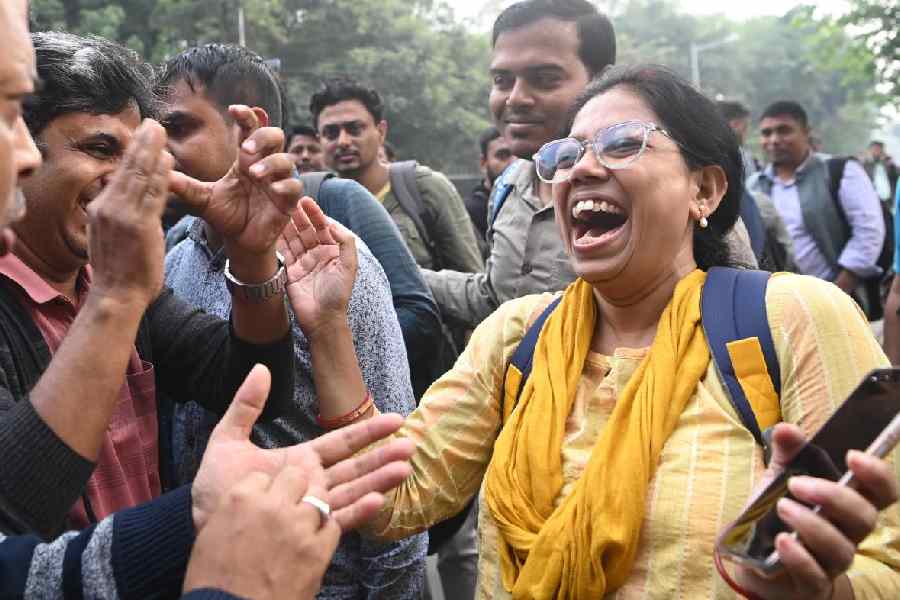Book name- PRIVATE REVOLUTIONS: COMING OF AGE IN A NEW CHINA
Author- Yuan Yang
Published by- Bloomsbury
Price- Rs 599
The cycles of transformations that China has gone through in the last seven decades have been poignantly captured by Yuan Yang in this book through the lived experiences of her woman protagonists — Siyue, June, Leiya, and Sam — as well as the people around them.
China is often imagined — this is a myopic imagination — as comprising idyllic but destitute villages, torturous, dystopian factories, and glass-covered high-rises. What Private Revolutions does is foreground the people who inhabit these spaces: June’s father, the farmer; May, the underage factory worker; Siyue’s aimless students in Beijing. It talks about a revolution from the inside out, with stories of personal,
political, and existential defiance.
One of the most striking instances is how Yang records the changing dynamics of child-rearing, particularly motherhood by bringing into focus the lives of the “left-behind children”. These children were traditionally from rural families who were dumped at their grandparents’ houses to be raised while the parents worked hard to earn money, often away from their homes. This was the childhood for both Siyue and Leiya and for countless others. However, at the turn of the century, Siyue introduces Sulan, her mother, to a radically different approach to raising a child when Siyue becomes a single mother to Eva. Leiya, too, takes the complications of the hukou, or local ID-based education system, head-on in order to keep her daughter, Xinling, with her. Within a generation, these women have found a way to break the cycle of estrangement for their daughters.
June’s social and economic mobility through university education and Sam’s
foray into political activism give the book additional layers, effectively holding up a mirror to how China’s transformations have left their mark upon its different social classes. Although these women show remarkable courage and resilience, there is an air of normalcy, as if these experiences also speak on behalf of the hundreds of thousands of other Chinese women who strive to survive and thrive in the face of adversity in their own ways.
There is no neat and happy ending to the stories; this reinforces the fact that these are real stories of real women. Sometimes, they’re forced to go back to work in a factory, or are compelled to abandon their socio-political ambitions. However, Private Revolutions ends on a note of hope for the future, turning it into a testament to the human spirit.











